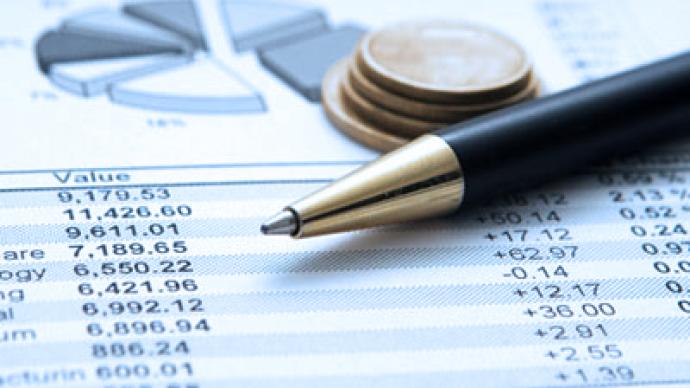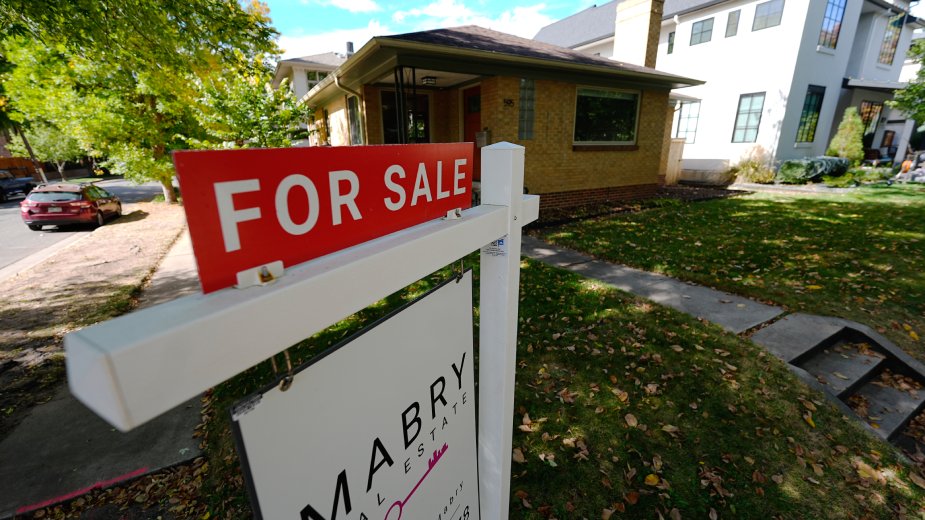PNC Economic Outlook: Pandemic Remains ‘Wildcard’
PITTSBURGH, Pa. — According to the latest PNC National Economic Outlook, the pandemic will be “the biggest wildcard for the economy for the next few years,” says Gus Faucher, PNC chief economist.
Although presidential policy is typically a big factor coming out of an election, this year the election result is being overshadowed by the coronavirus pandemic, Faucher reports.
Regardless of who wins the election, “If the pandemic is contained, the recovery will be solid,” he says. If the pandemic is not contained, the economy will struggle.
What follows are comments from Faucher as provided by PNC:
An economic recovery from the Viral Recession started in May, but the path of the economy over the next few years remains highly uncertain. A number of unknowns will determine the strength of the economy over the next few years, with the primary factor the path of the coronavirus pandemic. But November’s elections for president and Congress could also help shape the recovery, especially in 2021 and beyond. Another important factor will be additional fiscal stimulus (or a lack thereof) from Congress.
The biggest wildcard for the economy over the next few years remains the pandemic. The economy is bouncing back in the third quarter, with consumer spending quickly rising from its April nadir, housing starts and home sales up sharply thanks to record-low mortgage rates, and very strong job gains.
GDP growth in the third quarter is set to come in at well above 20 percent at an annualized rate, which would be by far the best quarter in U.S. history. Growth is then expected to slow in late 2020 and through 2021, but remain well above its long-term trend. This baseline forecast assumes that the pandemic remains contained in the short run, and then a vaccine is developed and distributed in 2021, allowing for a gradual resumption of normal patterns of economic activity.
But much of this remains in doubt; in particular, a surge in coronavirus cases late this year or in 2021 could push states to reimpose restrictions on consumers and businesses, leading to sluggish growth or even an outright economic contraction. And the longer the pandemic lasts, the more restructuring the U.S. economy would need to undergo. Many current business models would become obsolete and new ones would need to be developed, with major shifts in consumer and business spending patterns, leading to weaker long-run economic growth.
Under normal circumstances policies coming out of November’s presidential election would be key drivers of the economic outlook. But this time around the path of the pandemic is more important to the outlook. If the pandemic is contained the recovery will be solid, and if it is not the economy will struggle to gain traction, no matter who wins.
Any policy differences between President Trump and former Vice President Biden are secondary. PNC does not usually make wholesale changes to the forecast immediately after the election anyway, instead waiting until policy changes are implemented that might push the economy one way or another. That will be the case this year as well.
The path of the pandemic will be the major driver of the forecast, but it will also evolve around the edges depending on who is the president, which party (or parties) control the House and Senate, and most importantly what policies are adopted after the election. One new downside risk in this election season is the potential for extended uncertainty surrounding the winner of the presidential election, perhaps due to the increased use of mail-in voting, which could cause investors, consumers, and businesses to turn more cautious.
One reason why the economic rebound has been so strong in the third quarter is fiscal stimulus. One-time stimulus payments and extended and expanded unemployment insurance benefits have bolstered household income and spending, even as unemployment remains widespread and labor market income has plummeted.
Aid to businesses, in particular the Paycheck Protection Program, has allowed many firms to remain open and prevented even larger job losses. PNC’s baseline September forecast assumes that Congress enacts additional fiscal stimulus of approximately $1 trillion over the next few months, supporting household incomes and preventing some business failures.
But with negotiations stalled in Washington, much-needed stimulus could be delayed, or Congress could even fail altogether to pass stimulus legislation.
If so, growth in the fourth quarter and in 2021 is likely to be weaker than expected. Already, extra unemployment insurance benefits of $600 per week expired at the end of July. The Trump administration has worked with states to jury-rig a partial replacement, but that has only provided an extra six weeks of bonus payments. Without additional aid, millions of households with unemployed workers are likely to cut back on their spending in the near term, weighing on the recovery.
PNC’s baseline forecast calls for economic growth of around 15% annualized in the second half of 2020, and of around 4% in 2021; this is well above the economy’s long-run potential growth rate.
Even so, real GDP is not expected to return to its pre-recession level until late 2021. The unemployment rate will fall to around 7.5% at the end of this year, 6% at the end of 2021, and 5% at the end of 2022.
Given that the rate was 3.5% in early 2020, the economy will be dealing with elevated unemployment for years to come. With its new policy framework, the Federal Open Market Committee is expected to keep the federal funds rate in its current near-zero range until at least 2024 to support a strong labor market recovery.
Source: PNC Financial Services Group Inc.
Published by The Business Journal, Youngstown, Ohio.



